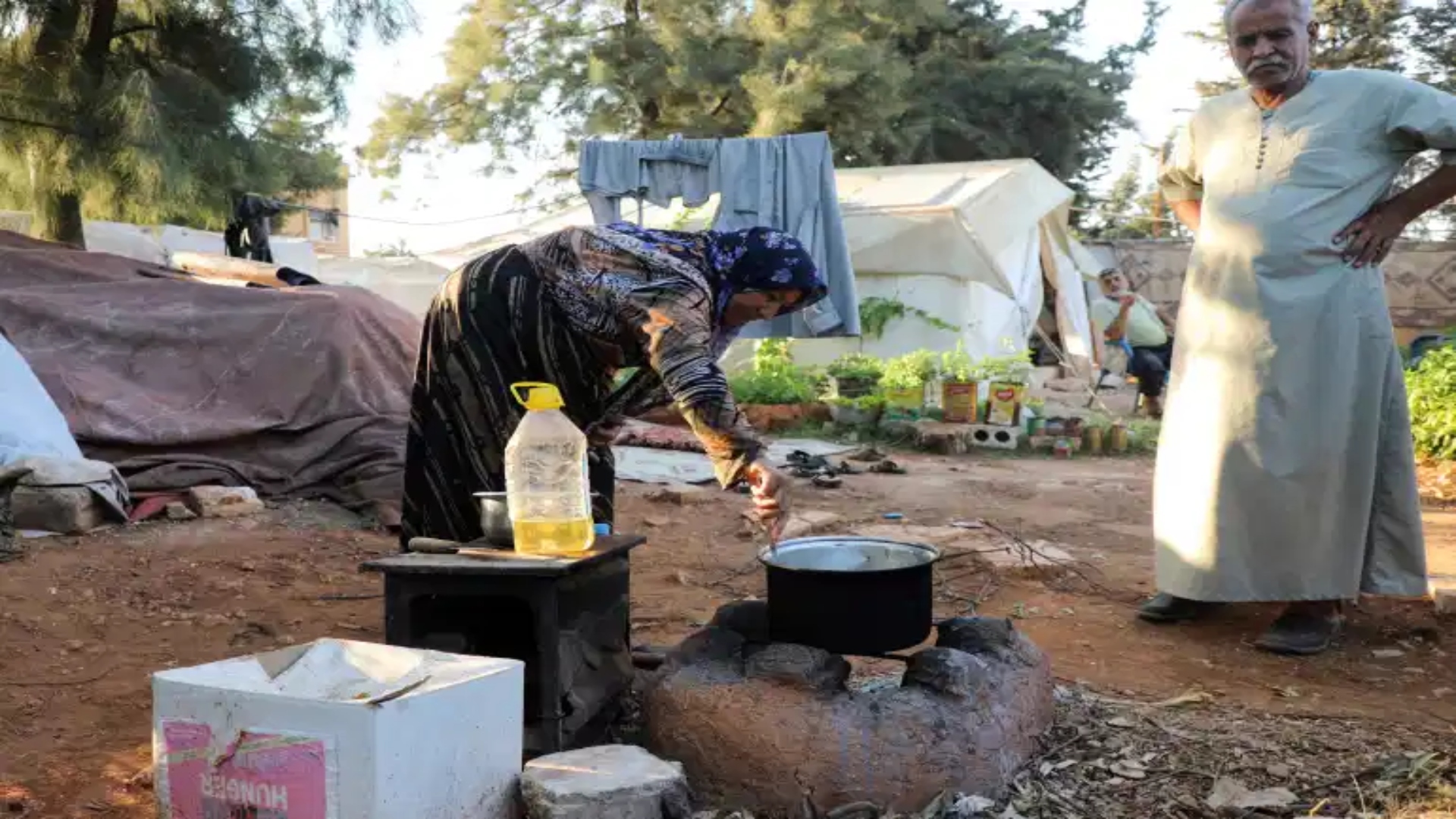A third of people in the 420-million-strong Arab world do not have enough food to eat, according to the United Nations.
In a report published on Thursday, the UN’s Food and Agriculture Organization [FAO] also said that between 2019 and 2020, the number of malnourished in the Arab world rose by 4.8 million people to 69 million, nearly 16 percent of the population.
The situation was “triggered by protracted crises, social unrests and exposure to multiple shocks and stresses such as conflicts, poverty, inequality, climate change, scarce natural resources and the economic repercussions associated with the recent COVID-19 pandemic”, the report said.
“The increase in the levels of undernourishment has occurred across all income levels, in conflict-affected as well as non-conflict countries,” the FAO said. “In addition, nearly 141 million people did not have access to adequate food in 2020 – an increase of more than 10 million people since 2019.”
It said the COVID-19 pandemic “brought another major shock”, with the number of undernourished people in the region increasing by 4.8 million compared with 2019.
“Conflicts continue to be one of the leading causes of hunger in the region, with approximately 53.4 million people facing hunger in countries and areas affected by conflict, which is more than six times higher than in non-conflict countries,” said Abdulhakim Elwaer, FAO’s assistant director-general and regional representative for the Near East and North Africa.
“There may be no visible improvement in the situation this year since hunger’s primary drivers will continue to drag the situation further down the road,” Elwaer added.
Conflict-hit Somalia and Yemen remained the worst-affected countries last year, with nearly 60 percent of Somalis going hungry and more than 45 percent of Yemenis undernourished, according to the report.
“Yemen had the highest prevalence of anemia in 2020, affecting 61.5 percent of women of reproductive age,” it said.
The FAO said hunger has increased by 91.1 percent in the Arab world over the past 20 years.
It said adult obesity, especially in the richer Arab states, was also on the rise.
“The latest year estimate for the Arab region shows that 28.8 percent of the adult population was obese, i.e. more than double the global average of 13.1 percent. High-income countries exhibited the highest prevalence of adult obesity in the region whereas the low-income countries had the lowest levels.”
Source: Agencies




